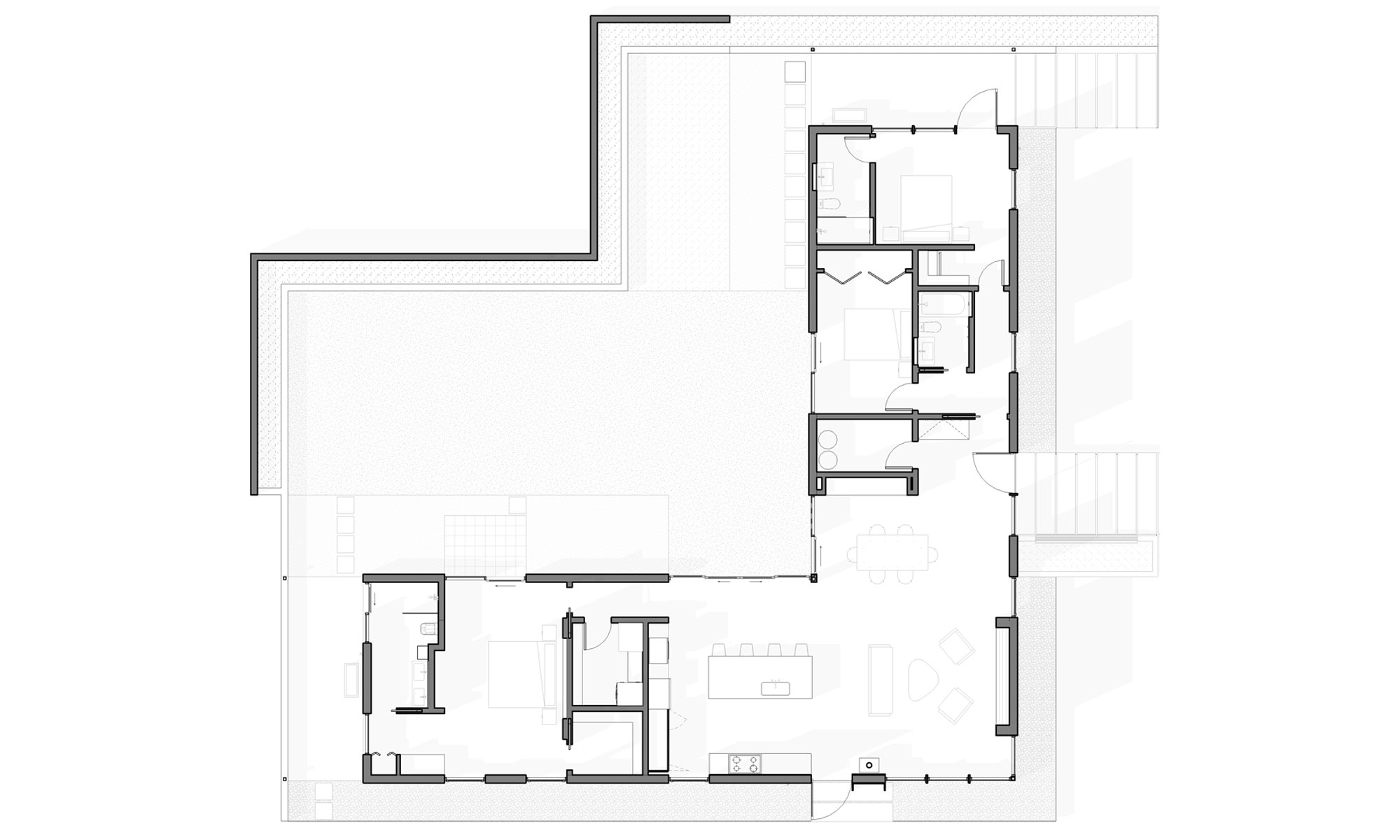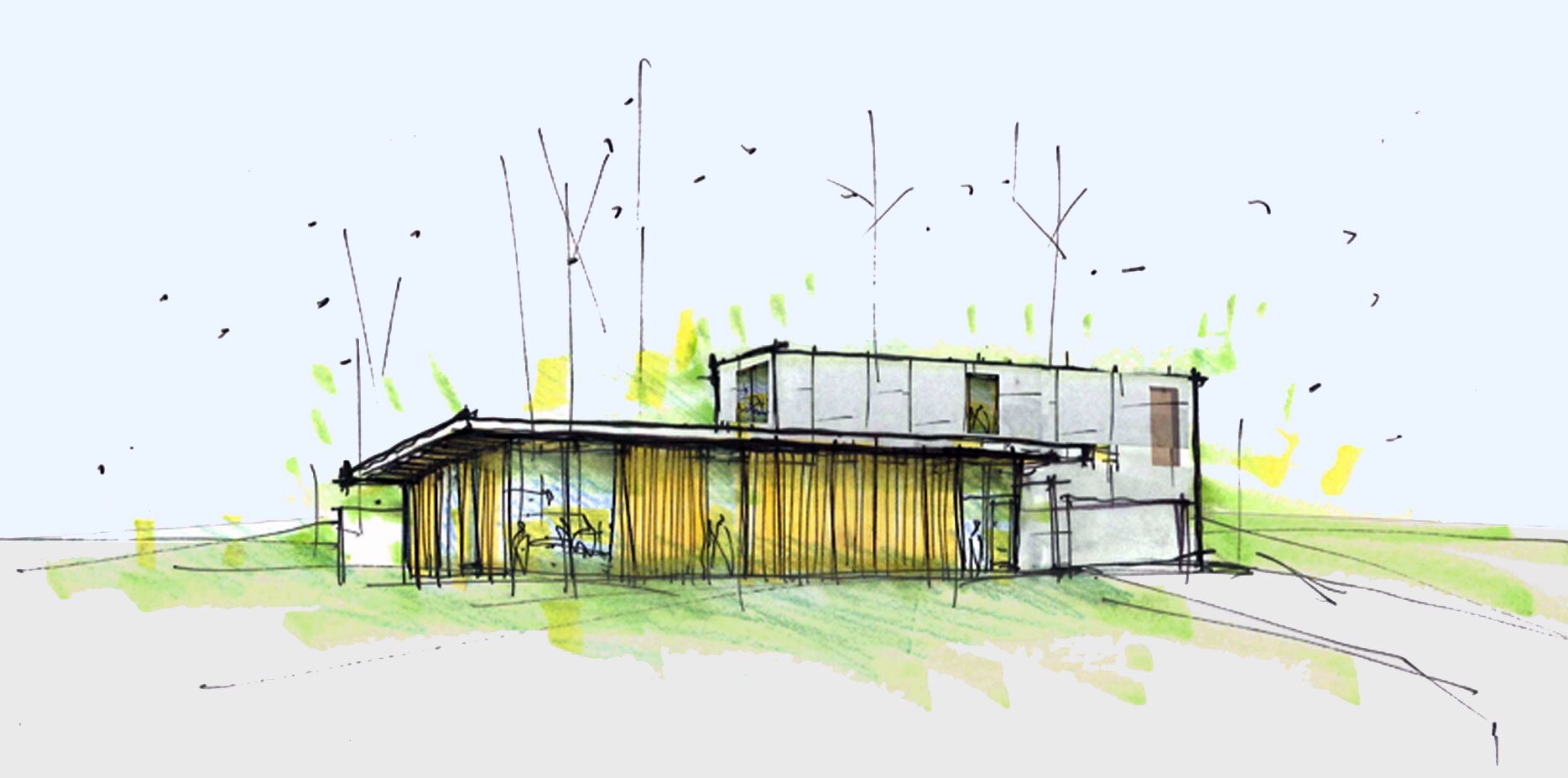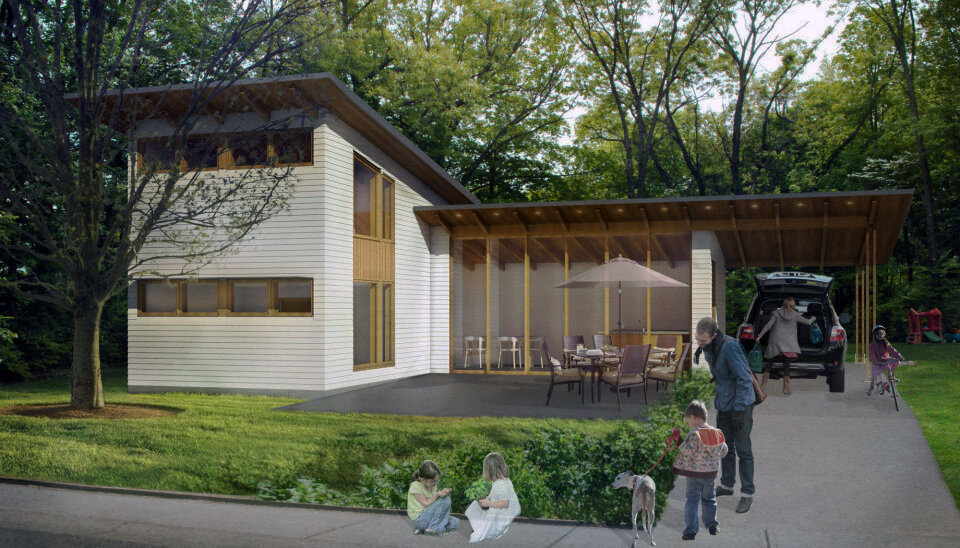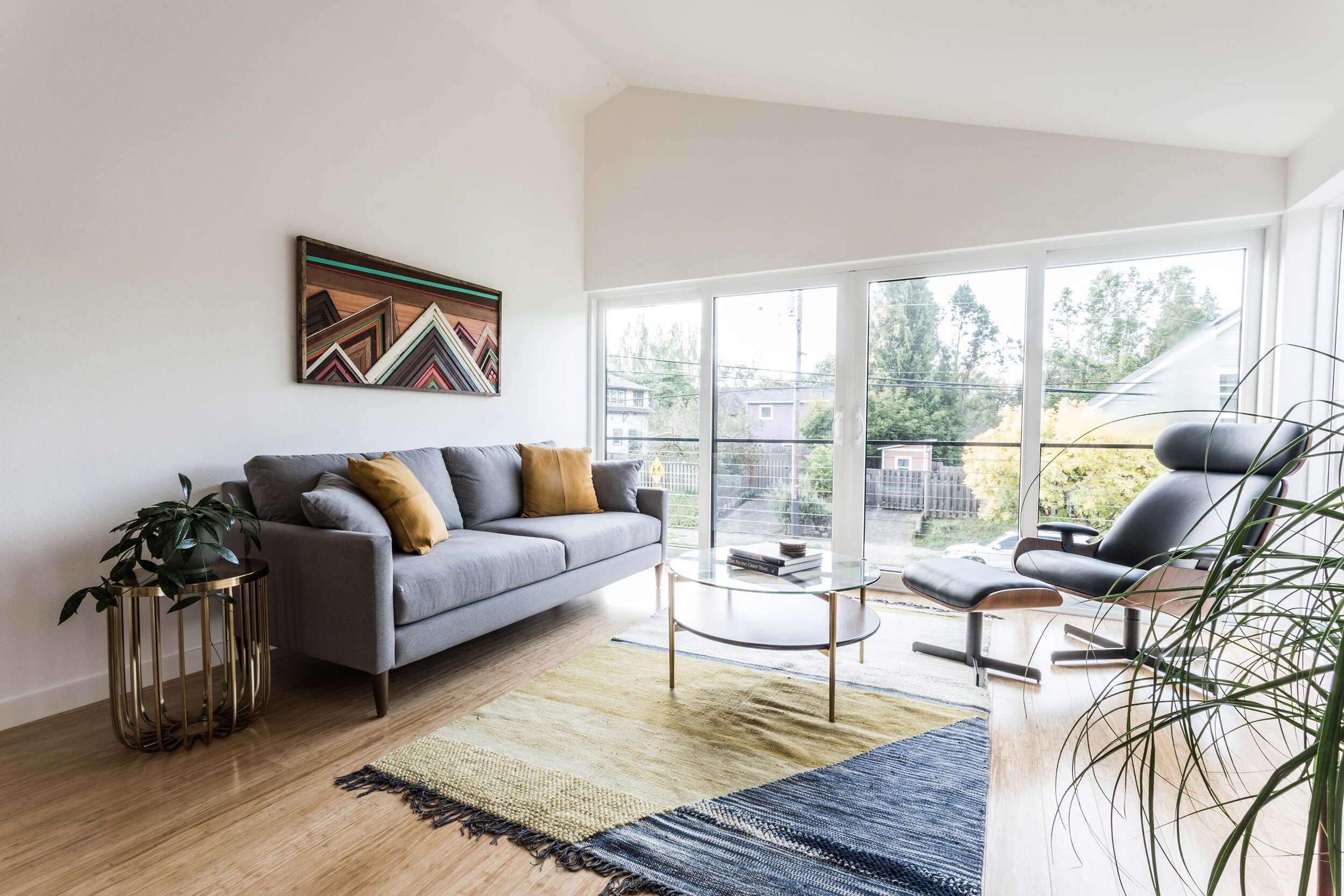Are you a homeowner looking to optimize the space on your property and create an additional living area that serves multiple purposes? Look no further than the charm and versatility of a backyard cottage, otherwise known as an accessory dwelling unit. In this article, we'll explore the many benefits of incorporating a backyard cottage into your property and discuss why purchasing a pre-designed ADU plan can be a game-changer. From accommodating loved ones to generating rental income, backyard cottages offer a range of possibilities. So, let's dive into the world of backyard cottage plans and discover the transformative potential they hold.
Maximizing Your Space with Backyard Cottage Plans
Backyard cottages, also known as accessory dwelling units (ADUs), have emerged as a popular solution for homeowners seeking to maximize the the potential of their property. By utilizing the available space in your backyard, you can unlock the untapped potential of your property and enhance its value - all for less investment than purchasing another property.
The benefits of having a separate living area within your property are numerous. Firstly, backyard cottages provide a convenient and comfortable space for accommodating guests. Instead of squeezing visitors into your main residence, a separate living area offers privacy and independence for both you and your guests, especially for extended stays. Additionally, a backyard cottage can serve as an ideal home office, providing a quiet and dedicated workspace away from the distractions of your primary dwelling. This setup promotes productivity and work-life balance and is an increasingly popular home amenity with more and more remote or hybrid work arrangements. Furthermore, backyard cottages open up opportunities for generating rental income. By renting out the cottage, homeowners can generate passive income or offset mortgage costs, making it a smart financial investment.
When considering the construction of a backyard cottage, opting for a pre-designed plan offers significant advantages. A pre-designed backyard cottage plan streamlines the construction process and saves valuable time. These plans are meticulously crafted by experienced ADU designers who understand the intricacies of ADU construction and maximizing the livability of smaller sized dwellings. By choosing a pre-designed plan, you gain access to a comprehensive blueprint that is tailored to maximize functionality and beautiful, modern aesthetics. This eliminates the need to start from scratch and go through the time-consuming design and approval process. With a pre-designed plan, you can confidently move forward with your ADU construction project, knowing that you are working with a proven design that limits your risk.
Convenience and Efficiency of Pre-Designed ADU Plans
Most homeowners like you want to see what you are going to get before paying for an ADU design. Pre-designed ADU plans are a great way to start the path to building an ADU in your backyard while seeing the design before you get started. It takes the guesswork out of the design process.
Purchasing an ADU home plan also is more convenient than going with a custom design as most of the work is already done. It saves months of time and eliminates the stress of having to make hundreds of design decisions. Starting with a ready-to-use ADU blueprint makes adding a backyard cottage a relatively simple process which ultimately saves both time and money.
One the biggest benefits of selecting one of our modern ADU designs is that they are all crafted by experienced designers who have been designing beautiful ADUs for years. The plans are proven to be livable, efficient uses of space, and offer a range of styles that can compliment almost any main home. Our plans are carefully crafted to be incredibly functional and are optimized to provide great places to live within the size limitations placed on ADU projects.
By not starting from scratch you get reduced cost, a faster timeline to completion, and a proven ADU design that is beautiful, functional, and affordable.
Customization within Pre-Designed Backyard Cottage Plans
Although we believe that the best option is to pick the plan that best meets your needs and jump right into the engineering and permitting process, we understand that sometimes you may want to make some tweaks or revisions to the ADU plans we offer. Customization is definitely a possibility and can still end up being more affordable than going with a fully custom ADU design process.
We work closely with many of our clients to make adjustments to our plans to meet your needs or taste. This can include small tweaks to the interior layout, kitchen cabinets, or windows, to larger changes to the overall form and structure. Of course, there will be some extra fees for this work and the more changes you make the higher those need to be. But overall this is still a very economical way to get a beautiful ADU that is semi-custom and adjusted to your unique property or project goals.
Along with some design changes that need to be documented in the drawing set in order to get engineering and building permits approved, there are many smaller changes that you can control later in the process. There is a lot of flexibility with the selection of interior finishes that you can make further down the road. Things like tile selection, cabinets, countertops, and even flooring or light fixtures can be ways that you can put your fingerprint on the project and customize the design to meet your taste.
If there is one of our designs you are leaning towards but you have ideas for changes, don’t hesitate to reach out and we can discuss doing a semi-custom projects specifically for you. We will simply listen to your ideas, offer some thoughts, and then put together a proposal based on the agreed upon scope of work. It is simple, straight forward and with our fixed prices you never pay more than what we quote for the changes.
Time and Cost Efficiency of Pre-Designed ADU Plans
None of us have enough time, especially when you are balancing jobs, family commitments, and want some time leftover for fun, hobbies, or relaxing. Saving time is one of the biggest values of starting with a pre-designed ADU or guest house floor plan. Starting with a plan set eliminates the lengthy design process typically associated with custom ADU designs. In general we typically find that a custom design takes about 6 months from start to being ready to submit for permit approval. Starting with a pre-designed plan for your backyard cottage or rental unit can bring that timeline down to just a month or so.
And since you are starting with a set of drawings ready to go, you can bring them straight to a contractor to get cost estimates on day one. Rather than working for months crafting a design only to find it is above your budget, starting with a finished plan can give you a better sense of the total project cost from day one. In fact, some of our clients have come to us with a builder already on board so they get rough cost feedback prior to making a purchase. This makes budgeting and financial planning more manageable for your ADU project.
Let's also talk about design fees here for a minute. We have designed over 50 custom ADU projects and have talked with architects and designers who have done hundreds of these projects. In general you can expect to pay between 10-15% of the total project cost on design fees when going the custom route. Prices can vary but if you see fees that are much lower than that I’d have serious reservations about the quality of the design you will receive. On the other hand our designs start at around one thousand dollars. This is a huge cost savings when compared to the custom route. Even if you want to make some revisions to our designs, the final price will typically be less than half of the cost of a custom ADU design.
We can provide our plans at a fraction of the cost because of economies of scale. We develop our designs to work on a wide range of properties, fit a range of styles, and come in a variety of sizes and configurations so we don’t have to start from scratch for each project. These savings are passed on to you.
Peace of Mind and ADU Expertise
Starting a project of this magnitude can be intimidating and stressful. ADUs, although relatively small in size, still are a significant investment. Our goal is to give you peace of mind and start you off on the right foot. We have over a decade of experience designing ADU projects and embed this vast design knowledge into each plan set. Our pre-designed backyard cottage plans are created by professionals with experience in ADU design and construction, giving you a higher quality project for a much lower cost.
The plan you select has been carefully crafted to reduce the risk of design flaws or unforseen issues. Our experience leads to plans that are relatively simple and affordable. They maximize the use of space - which is imperative in these small homes - and recommend systems that are efficient and increase the comfort of living in the ADU.
And importantly we offer support, guidance, and access to additional resources and knowledge to help your project be a success. Along with the drawings themselves we offer consultations, custumizations, and can be on call if you need additional design support.
Conclusion
Backyard cottage plans offer homeowners like you an incredible opportunity to maximize your property's potential, whether it's creating additional living space, accommodating loved ones, or generating rental income. By choosing a pre-designed ADU plan for your backyard cottage, you gain the convenience of a ready-to-use blueprint, customization options, time and cost efficiencies, and the assurance of expert design. So, why wait? Take the leap and unlock the transformative power of a backyard cottage plan, and watch as your property evolves into a haven of functionality, comfort, and value.

























